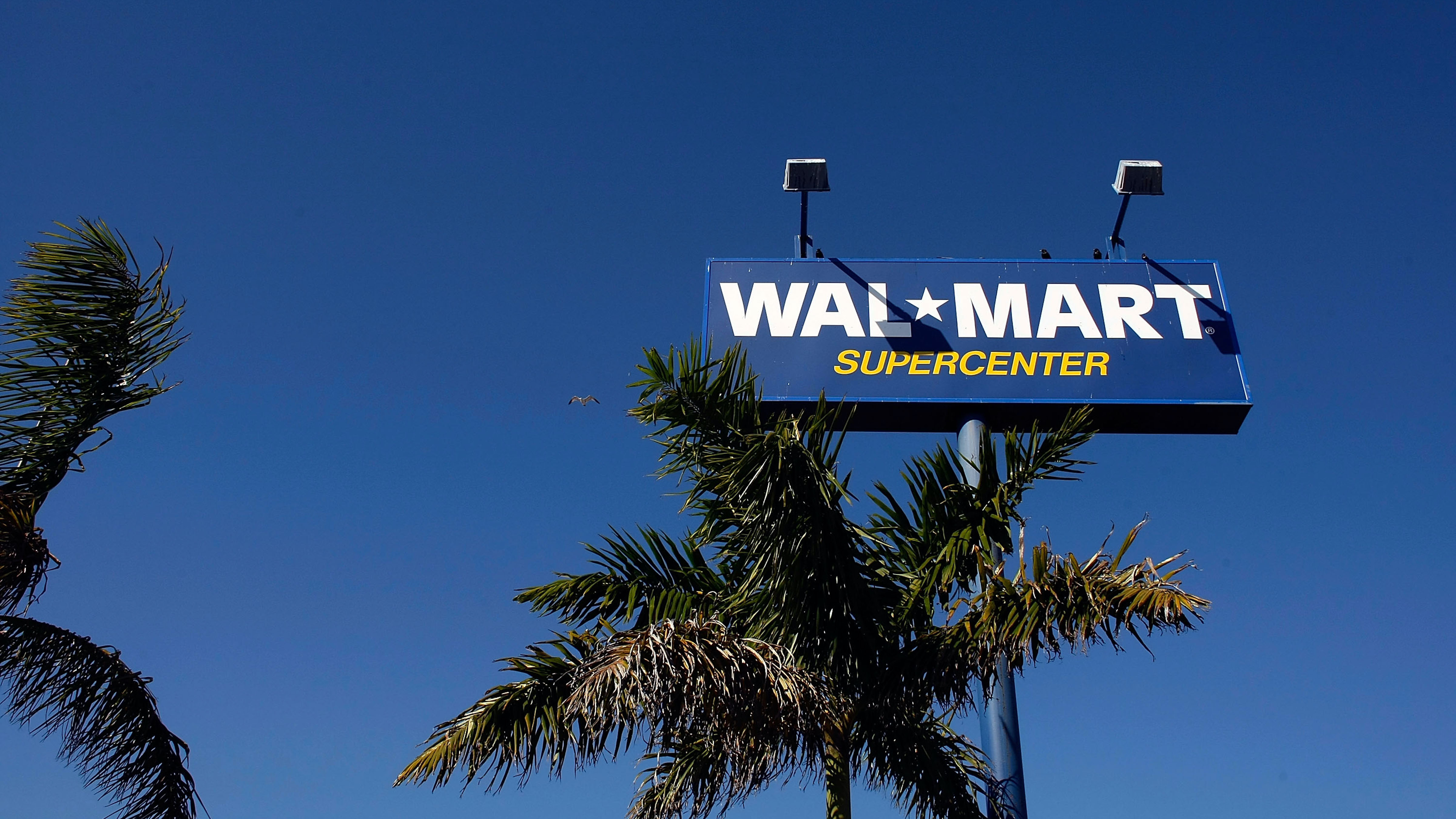
Dwindling savings and changing consumer tastes have hit Target hard
Dwindling savings and changing consumer tastes have hit Target hard

Target reported its first quarter earnings on Wednesday and the news was not very good. Same-store sales were down 3.7% from last year, which is a bigger drop than investors were expecting. It comes at a time when consumer spending is still pretty strong, and when some of Target’s competitors — including Walmart — are actually doing better than they were this time last year.
There are a couple factors at play here. One, said Columbia University economics professor Brett House, is that retailers “are probably seeing the end of that extra spending that was supported by those pandemic-induced savings cushions.”
Target is one of those retailers, relying on middle- and working-class consumers whose savings accounts ballooned during the pandemic.
“And those extra saving cushions are largely gone,” House said.
Another factor, now that the pandemic emergency has ended: We’ve been spending our money differently.
“Perhaps everybody has the yoga pants they need,” said Sheraz Mian, director of research at Zacks Investment Research. He said when we were stuck at home, we stocked up on clothes and electronics and toys — the discretionary items that we wanted rather than needed. But now, “there has been a trend with consumers in the post-COVID period, going more for services and experiential spending categories.”
“And they’re shifting more of their their budgets to food and consumables,” said Arun Sundaram, a senior equity research analyst at CFRA Research. He said when it comes to things we have to buy, Target is losing out to its main competitors — especially Walmart.
“Food and beverage only accounts for 20% of Target’s annual sales. Whereas for Walmart, grocery accounts for 60% of Walmart U.S. sales,” Sundaram said.
Target expects sales to remain flat or increase slightly this quarter. Sundaram said the company should do even better next quarter because Target really shines during back-to-school season.
There’s a lot happening in the world. Through it all, Marketplace is here for you.
You rely on Marketplace to break down the world’s events and tell you how it affects you in a fact-based, approachable way. We rely on your financial support to keep making that possible.
Your donation today powers the independent journalism that you rely on. For just $5/month, you can help sustain Marketplace so we can keep reporting on the things that matter to you.

















